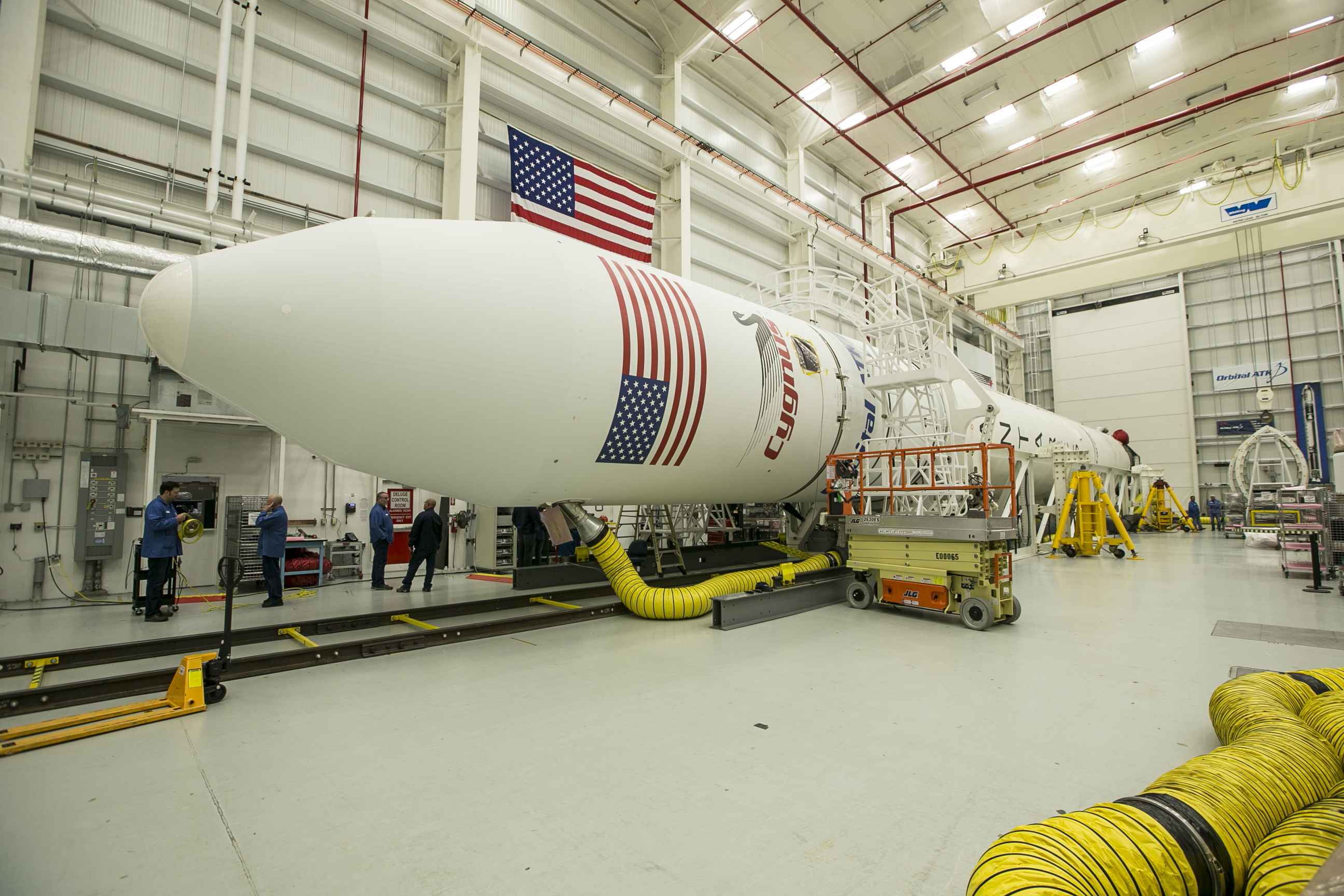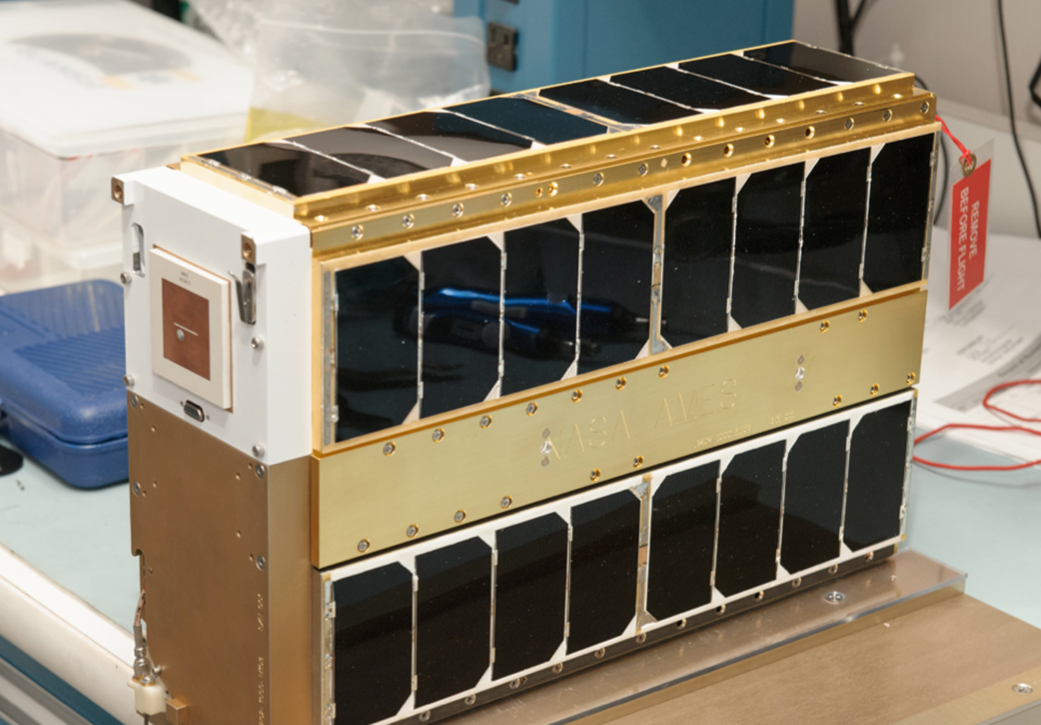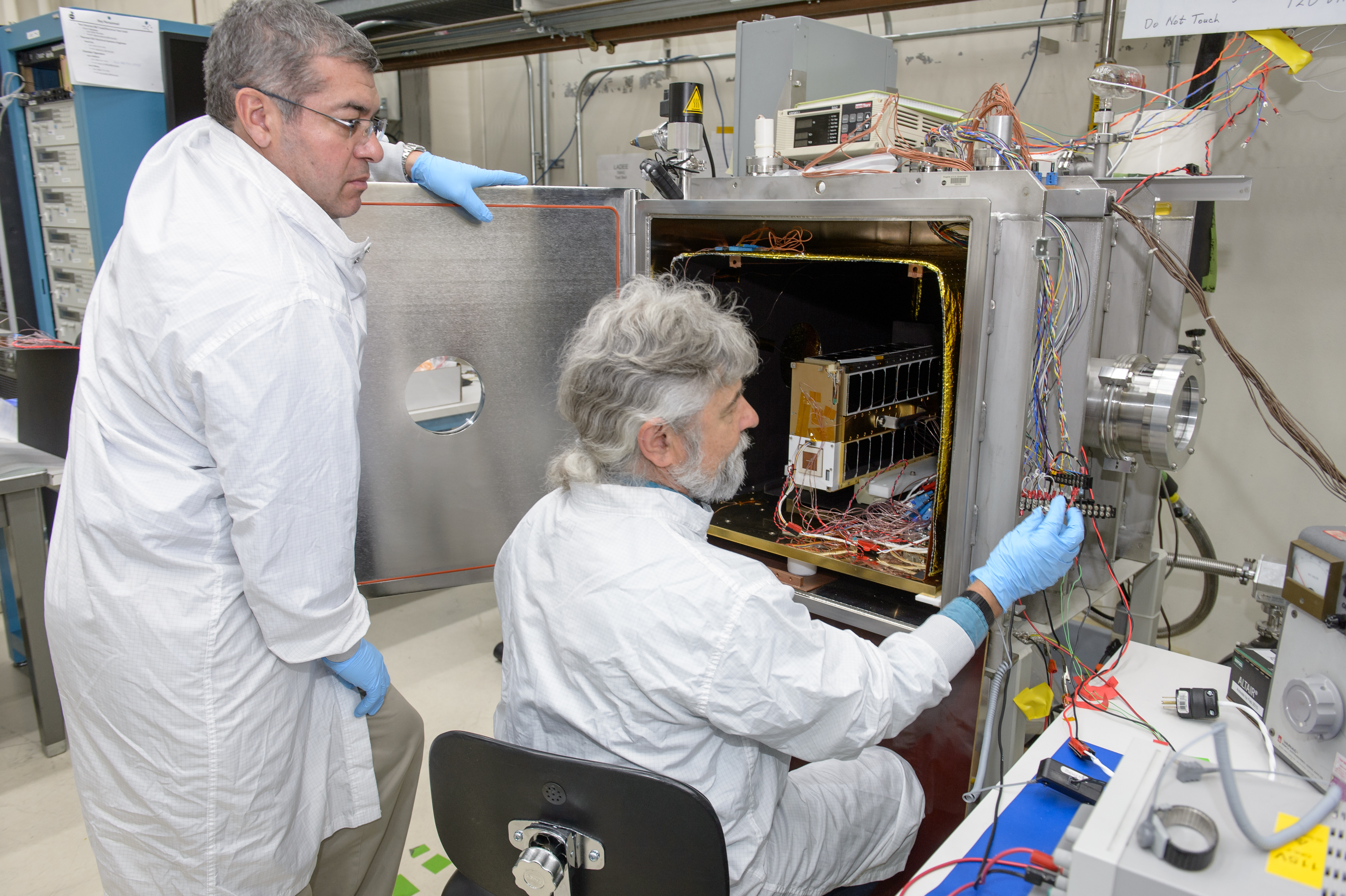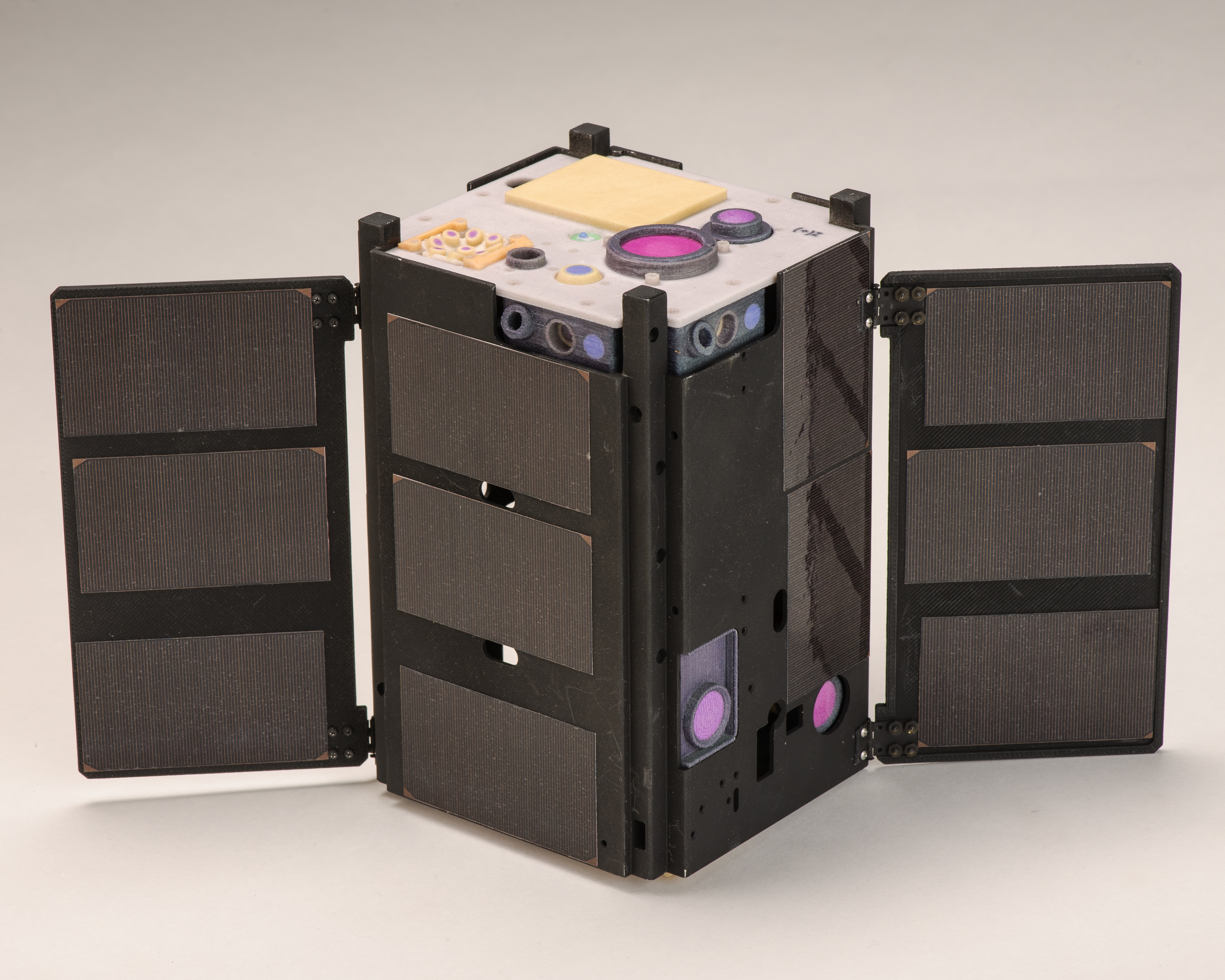Weird Science Experiments Launching to Space Station Early Saturday: Watch Live

Update for Nov. 11: Orbital ATK aborted this launch at the last minute due to an aircraft flying through restricted airspace over the launch facility. They'll try to launch again on Sunday (Nov. 12) at 7:14 a.m. EST (1214 GMT).
A Cygnus cargo spacecraft will blast off to the International Space Station (ISS) this Saturday (Nov. 11) to deliver supplies and some fascinating science experiments to the Expedition 53 crew.
The commercial spaceflight company Orbital ATK will launch Cygnus from NASA's Wallops Flight Facility in Wallops Island, Virginia, at 7:37 a.m. EST (1237 GMT). This mission, titled OA-8, will be Orbital ATK's second cargo resupply mission to launch on an Antares rocket since a previous cargo launch ended in a fiery explosion in 2014.
Before Antares blasts off (if all goes according to plan), NASA will broadcast live briefings to discuss the mission, as well as the several science experiments and new technology demonstrations, beginning this Friday (Nov. 10) at 11 a.m. EST (1600 GMT). You can watch the briefings and the launch live on Space.com, courtesy of NASA TV.
Packed inside this Cygnus cargo craft are more than 7,700 lbs. (3,500 kilograms) of food, clothing, hardware and other supplies for the ISS crew. Also hitching a ride on Cygnus will be batches of live bacteria such as Escherichia coli (E. coli) and Staphylococcus aureus, mealworms, microclover seeds and some other fauna that the Expedition 53 crew will use to study ways to improve life on Earth.

Having E. coli aboard the space station may not seem ideal for the people living in the orbiting laboratory, but these spacefaring bacteria will help researchers study antibiotic resistance. "The E. coli AntiMicrobial Satellite (EcAMSat) mission will investigate space microgravity effects on the antibiotic resistance of E. coli, a bacterial pathogen responsible for urinary tract infection in humans and animals," NASA officials said in a statement.
The other type of bacteria flying on Cygnus, Staphylococcus aureus, is a common pathogen that is responsible for a variety of infections, ranging from minor skin conditions such as acne and folliculitis to dangerous antibiotic-resistant staph infections. The STaARS BioScience-5 experiment "examines microgravity-induced molecular alterations that cause S. aureus to change color from its normal gold to clear and that cause the bacteria to lose pathogenicity [the ability to cause disease]," NASA officials said. "By elucidating the mechanisms within S. aureus that change during growth in microgravity, this research could to lead to drug discovery and new therapies."
Get the Space.com Newsletter
Breaking space news, the latest updates on rocket launches, skywatching events and more!

Other biology experiments heading to the ISS will study the effects of microgravity on the growth of plants and insects. One will examine the small flowering plant Arabidopsis thaliana, while another will study the role of nitrogen in the growth of microclover, a drought-tolerant species of legume. Yet another experiment will investigate how microgravity affects the life cycle of a type of mealworm known as Tenebrio molitor.
Some weird new technologies will also head to the space station with Saturday's cargo launch to undergo testing in space. One of these projects, the Optical Communication and Sensor Demonstration (OCSD), will test a new laser-based communication system using tiny satellites called cubesats. Each cubesat measures about 4 inches by 4 inches by 6.7 inches (10 by 10 by 17 centimeters) and weighs 5 lbs. (2.3 kg).
"The optical communications system on OCSD differs from other space-based laser communication systems because the laser is hard-mounted to the spacecraft body," NASA officials said in a statement. "The beam is pointed by controlling the orientation of the entire spacecraft." This makes the laser system much more compact than anything previously flown in space, according to NASA.
One of the weirder technology demonstrations flying to the ISS on Saturday, PropCube-Fauna, will study how satellites can take advantage of the electrical field surrounding Earth's atmosphere to improve communications systems. "PropCube-Fauna performs high-resolution measurements on the exact position, density and potential vibration of this field to transmit signals in a more effective manner," NASA officials said.

Other technology demonstrations flying on Cygnus include the Cost-Effective High E-Frequency Satellite (CHEFSat), which will prepare a new "consumer-grade radio frequency device for wider space use by testing its safety and effectiveness in a working CubeSat" that will be deployed from the ISS, NASA officials said. The NanoRacks-Lemur-2 demonstration will test out a new way to track oceangoing ships and monitor the weather with more cubesats deployed from the ISS.
And last but not least is one particularly unique piece of cargo: a virtual-reality camera that can shoot video in 3D and 360 degrees. European Space Agency astronaut Paolo Nespoli will use this camera to film around the inside of the ISS for National Geographic's upcoming television series "One Strange Rock."
"The idea is to use all of that footage to document a day in the life on the space station," Matt Zymet, executive director for advanced formats at National Geographic, said during a teleconference. Nespoli's footage will serve as a "virtual-reality companion" to the new series, Zymet said. "One Strange Rock" is slated to debut on the National Geographic Channel in 2018.
Email Hanneke Weitering at hweitering@space.com or follow her @hannekescience. Follow us @Spacedotcom, Facebook and Google+. Original article on Space.com.
Join our Space Forums to keep talking space on the latest missions, night sky and more! And if you have a news tip, correction or comment, let us know at: community@space.com.

Hanneke Weitering is a multimedia journalist in the Pacific Northwest reporting on the future of aviation at FutureFlight.aero and Aviation International News and was previously the Editor for Spaceflight and Astronomy news here at Space.com. As an editor with over 10 years of experience in science journalism she has previously written for Scholastic Classroom Magazines, MedPage Today and The Joint Institute for Computational Sciences at Oak Ridge National Laboratory. After studying physics at the University of Tennessee in her hometown of Knoxville, she earned her graduate degree in Science, Health and Environmental Reporting (SHERP) from New York University. Hanneke joined the Space.com team in 2016 as a staff writer and producer, covering topics including spaceflight and astronomy. She currently lives in Seattle, home of the Space Needle, with her cat and two snakes. In her spare time, Hanneke enjoys exploring the Rocky Mountains, basking in nature and looking for dark skies to gaze at the cosmos.









